Overview
Solar2Go was a joint venture of Futurice, the technology consultancy company I was working for at the time, and Fortum, a Finnish state-owned energy company and Indian solar micro grid operator Boond. We launched a SaaS solution that digitalized solar-powered microgrid operations in rural India. The project was designed as a pilot to research the innovative potential and challenges of this emerging field.
The solution we created had two main parts; a web platform for local solar powered micro grid companies enabling faster and cost-effective development, operations, and scaling up of solar energy microgrids, and an Android app for energy users with which they can top up credits and monitor their usage.
Tasks & deliverables
• Service design
• Innovation research
• Field research
• User interviews
• Facilitating workshops
• Information architecture
• UX & UI design
• Interaction design
• Prototyping
• Innovation research
• Field research
• User interviews
• Facilitating workshops
• Information architecture
• UX & UI design
• Interaction design
• Prototyping

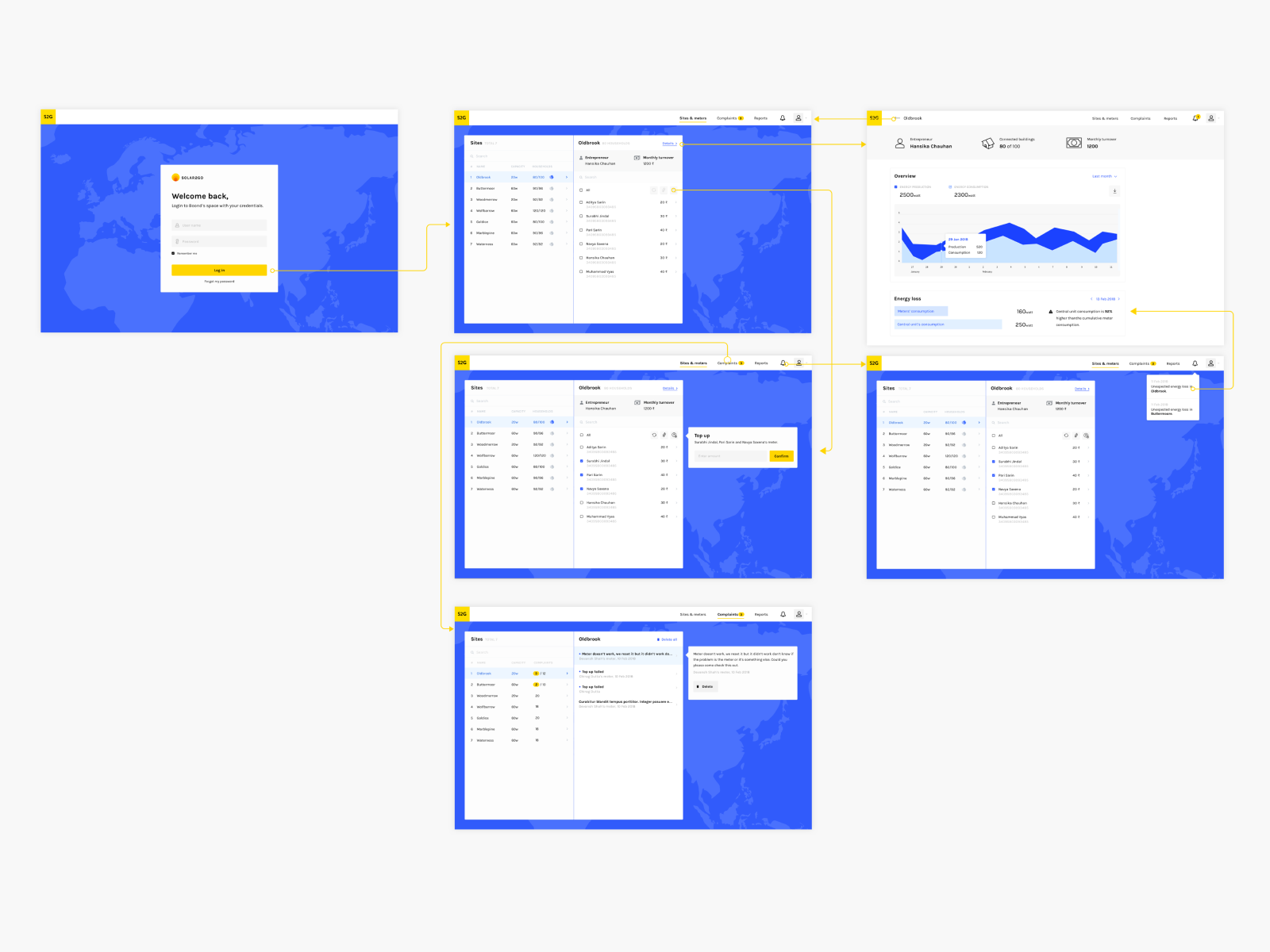
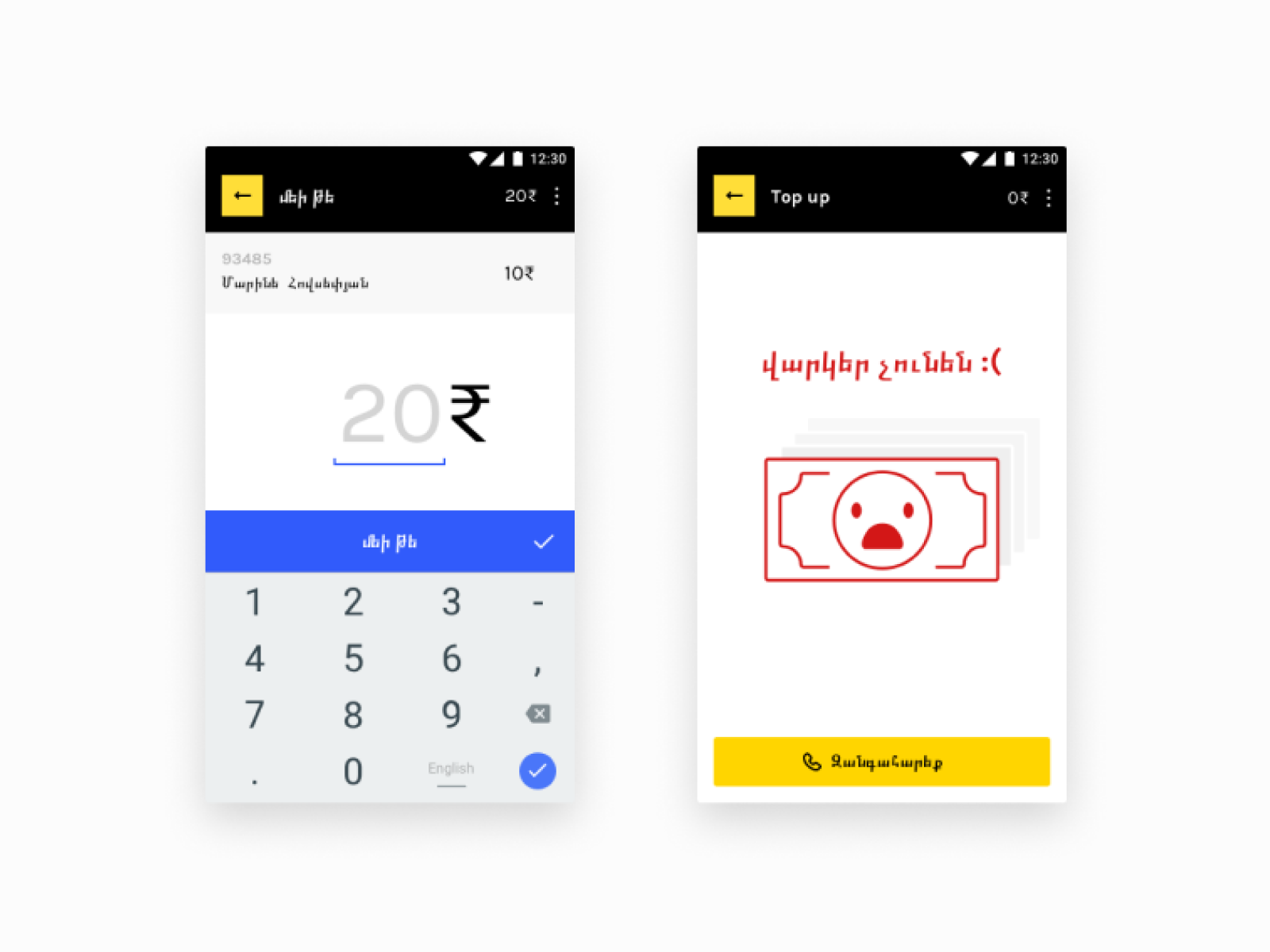
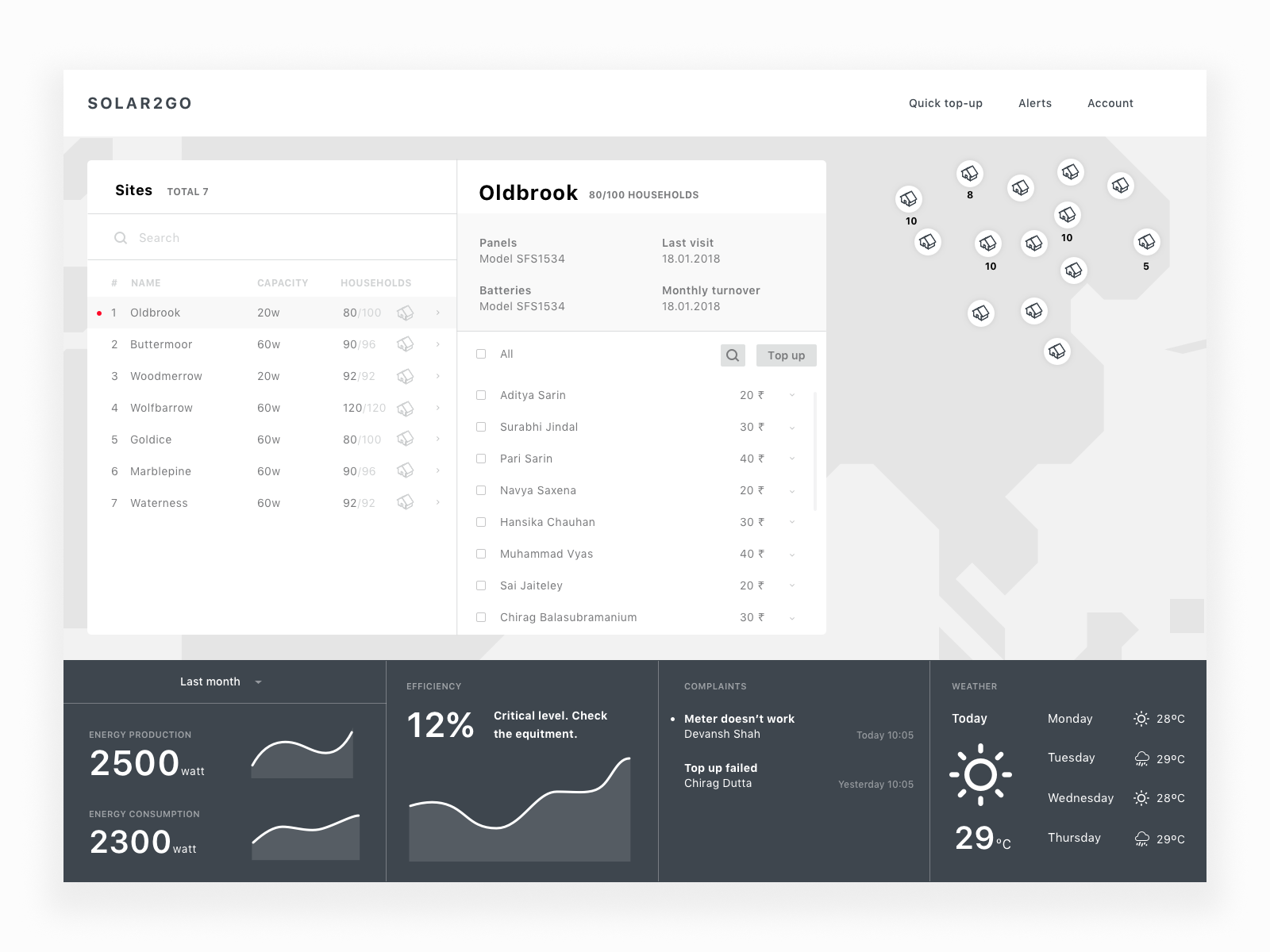
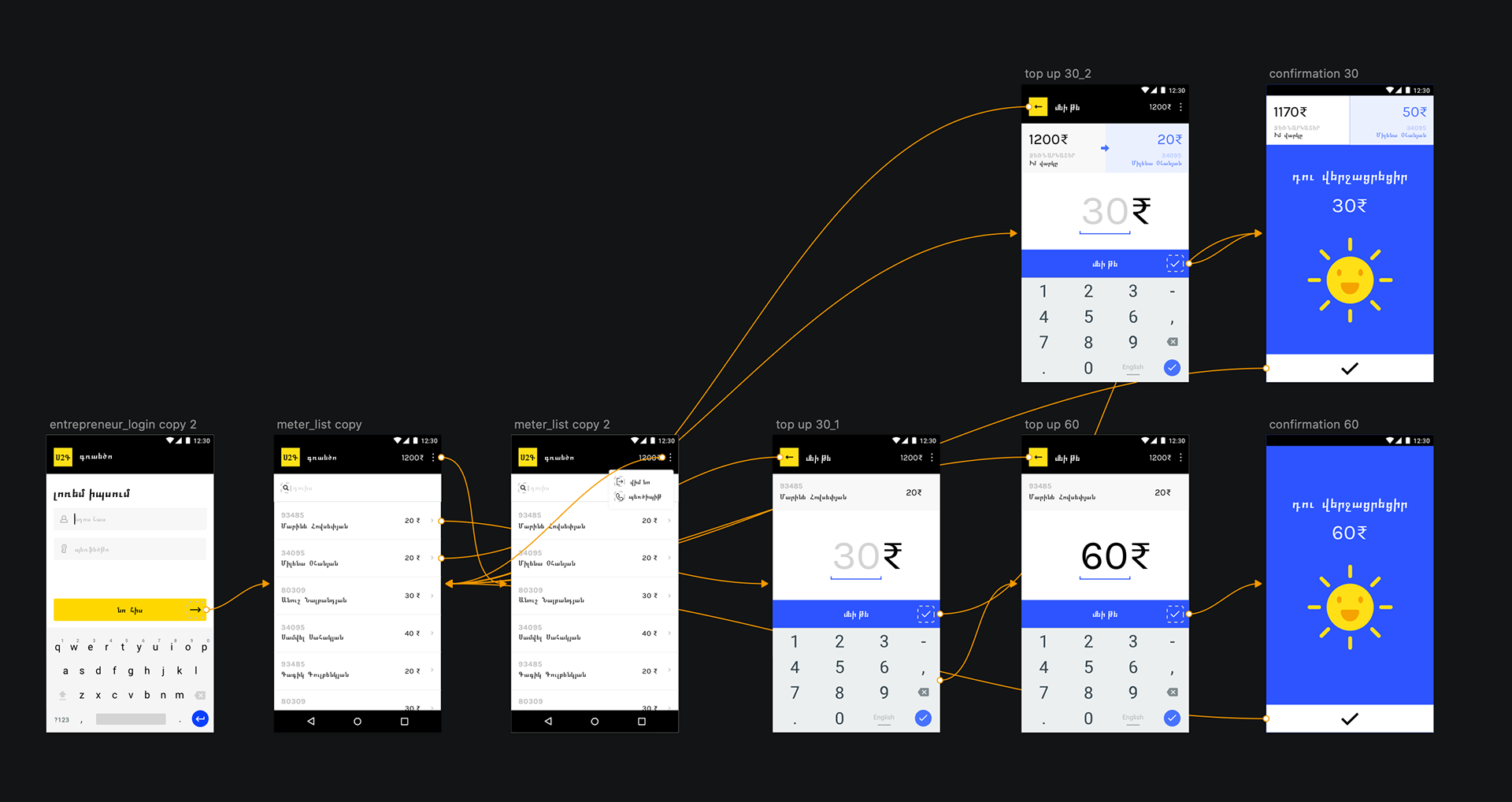
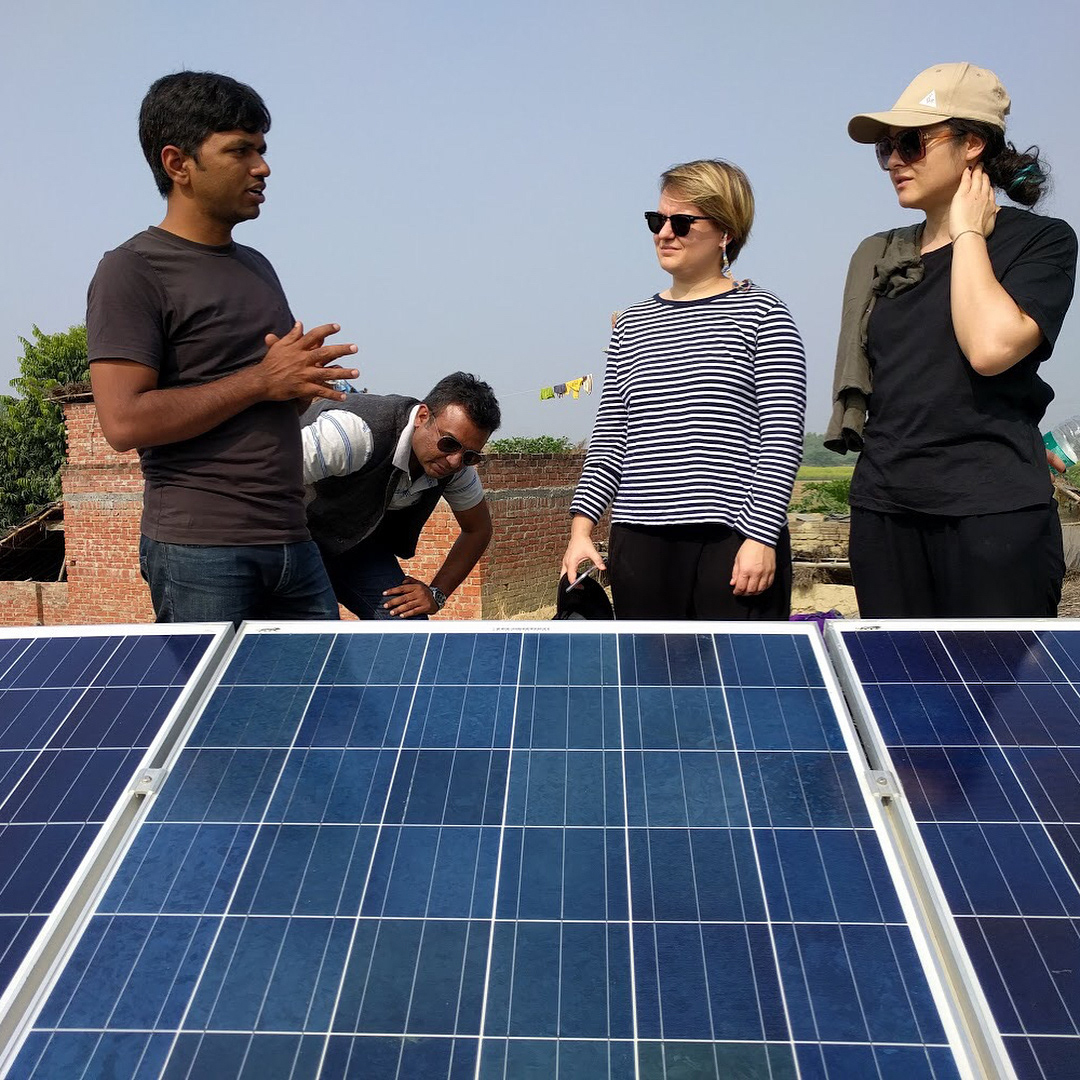
Role
Our team was comprised of me as the product designer, a business designer, a project manager and three engineers. We started our process with a service design stage which I co-led with our business designer. We ran the first part of the service design activities in Finland with remote participation of our micro grid developer partner from India. And for the second part we had a trip to India to conduct field research and also meet our partners in India face to face.
Since it was going to be my first time conducting a field research and user interviews in India, with the help of a translator, I planned my research after I read some books and guides. Jan Chipchase's The Field Study Handbook was extremely useful. During this visit, our business designer and I facilitated product discovery and project planning workshops with the whole team.
Since it was going to be my first time conducting a field research and user interviews in India, with the help of a translator, I planned my research after I read some books and guides. Jan Chipchase's The Field Study Handbook was extremely useful. During this visit, our business designer and I facilitated product discovery and project planning workshops with the whole team.
After our visit, we completed rest of the design process in Finland. First I created the information architecture and user flows. I frequently presented these to all the stakeholders and iterated based on feedback. Our project did not have a brand guideline, therefore I created one before I moved on to creating high fidelity designs.
One of the challenges during the design phase was not being able to conduct frequent tests with the consumer users since they all live in villages with no access to computers. And I did not have the resources to pay regular visits to them. I tried to bridge this gap by running usability tests with people in Finland. A big portion of our target mobile app users were not literate, but they recognised numbers. To be able to replicate this experience for the people I ran the user tests with, I create the interactive prototypes using Armenian alphabet for text labels and information. Even though the demographic was completely different, the tests helped us simplify our flow and error states for the target group.
One of the challenges during the design phase was not being able to conduct frequent tests with the consumer users since they all live in villages with no access to computers. And I did not have the resources to pay regular visits to them. I tried to bridge this gap by running usability tests with people in Finland. A big portion of our target mobile app users were not literate, but they recognised numbers. To be able to replicate this experience for the people I ran the user tests with, I create the interactive prototypes using Armenian alphabet for text labels and information. Even though the demographic was completely different, the tests helped us simplify our flow and error states for the target group.
The project was considered a big success based on user feedback and metrics on the operation speed, cost and effectiveness. However unfortunately Fortum decided to discontinue funding for reasons that were not disclosed to us.